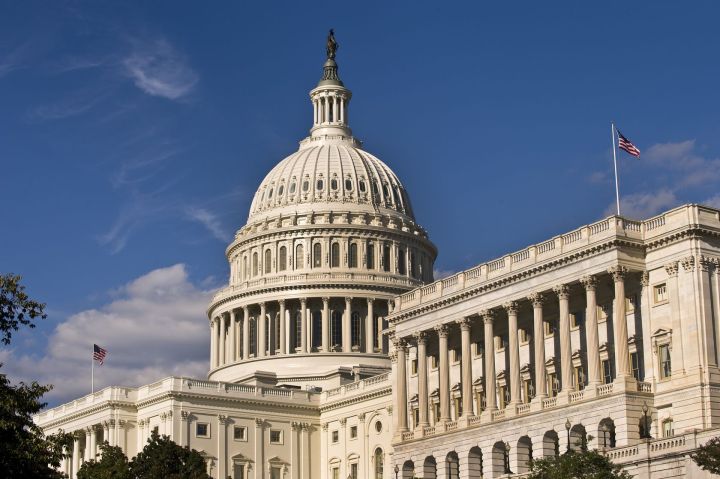
While stressing the primary importance of safety as autonomous vehicle technologies develop, the policy speaks to the potential of improving lives in several vital respects. In addition to improvements in mobility, energy savings, and reduced pollution, the most important potential benefit of the advanced technologies will be in saved lives. The NHTSA cites the oft-quoted figure that 94 percent of highway crashes are due to human error and result in more than 30,000 traffic fatalities each year.
We do not intend to write the final word on highly automated vehicles here.
U.S. Department of Transportation (DOT) Secretary Anthony Foxx sets the tone of the new policy in his introductory statement. “As the Department charged with protecting the traveling public, we recognize three realities that necessitate this guidance. First, the rise of new technology is inevitable. Second, we will achieve more significant safety improvements by establishing an approach that translates our knowledge and aspirations into early guidance. Third, as this area evolves, the “unknowns” of today will become “knowns” tomorrow. We do not intend to write the final word on highly automated vehicles here. Rather, we intend to establish a foundation and a framework upon which future Agency action will occur.”
The Policy has four major sections: Vehicle Performance Guidance for Automated Vehicles; Model State Policy; NHTSA’s Current Regulatory Tools; and Modern Regulatory Tools. The primary focus is on what the DoT calls “highly automated vehicles” (HAVs), which it further defines as “those in which the vehicle can take full control of the driving task in at least some circumstances.” Parts of the policy also apply to driver assistance technologies including those currently in use.
The Vehicle Performance Guidance for Automated Vehicles outlines a 15-point “Safety Assessment” for design, development, testing and deployment of autonomous vehicles. The safety assessment will be — at least at first — a voluntary assessment of any new highly automated technology. The assessment will be completed by manufacturers and other entities such as component suppliers. It will document whether they are meeting or complying with 15 factors or areas. For each factor, the assessment will state that the technology meets the guidance, does not meet the guidance, or that the guidance area isn’t applicable.
It’s a long list, but the fifteen guidance areas in the assessment include data recording and sharing; privacy; system safety; vehicle cybersecurity; human-machine interface; crashworthiness; consumer education and training; registration and certification; post-crash behavior; federal, state, and local laws; ethical considerations; operational design domain; object and event detection and response; fall back (minimal risk condition); and validation methods. The DOT and NHTSA will review and update the guidance areas annually.
The Model State Policy delineates federal and state responsibilities. The goal is to have a consistent state-to-state framework for testing and deploying vehicles to ensure that as people travel around the nation they will be assured that vehicle technologies and safety factors are the same.
To further explain, while driver licensing and vehicle registration are state responsibilities, setting new vehicle safety standards for motor vehicles and enforcing compliance with safety standards are federal responsibilities.
The Current Regulatory Tools section outlines the Department of Transportation’s existing regulations and policies that can aid safe and timely development of HAVs. Modern Regulatory Tools looks to the future to identify potential ways to accelerate safe deployment of new technologies.
The purpose of the Federal Automated Vehicle Policy is to support the advance of highly automated vehicles while protecting public safety. The policy will be reviewed and updated annually. The DOT is open to public comment on the policy at this website.




